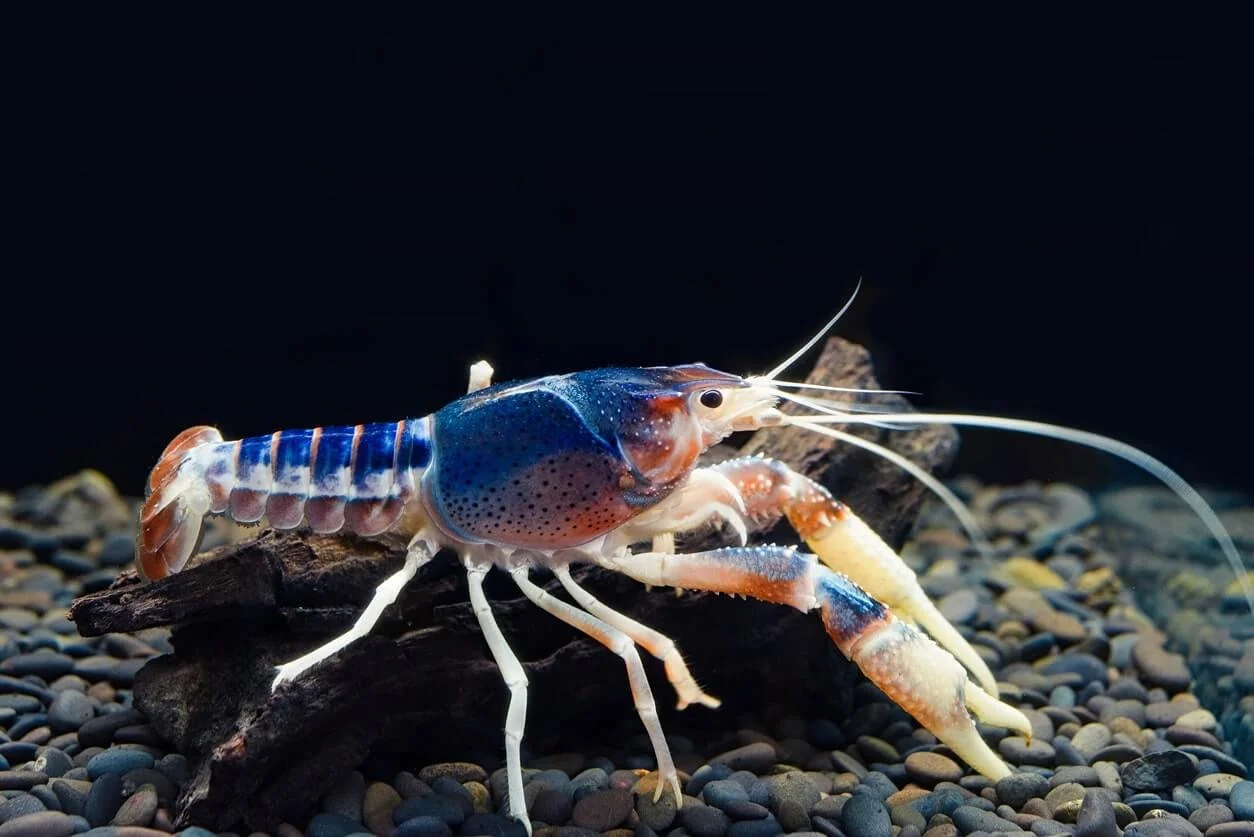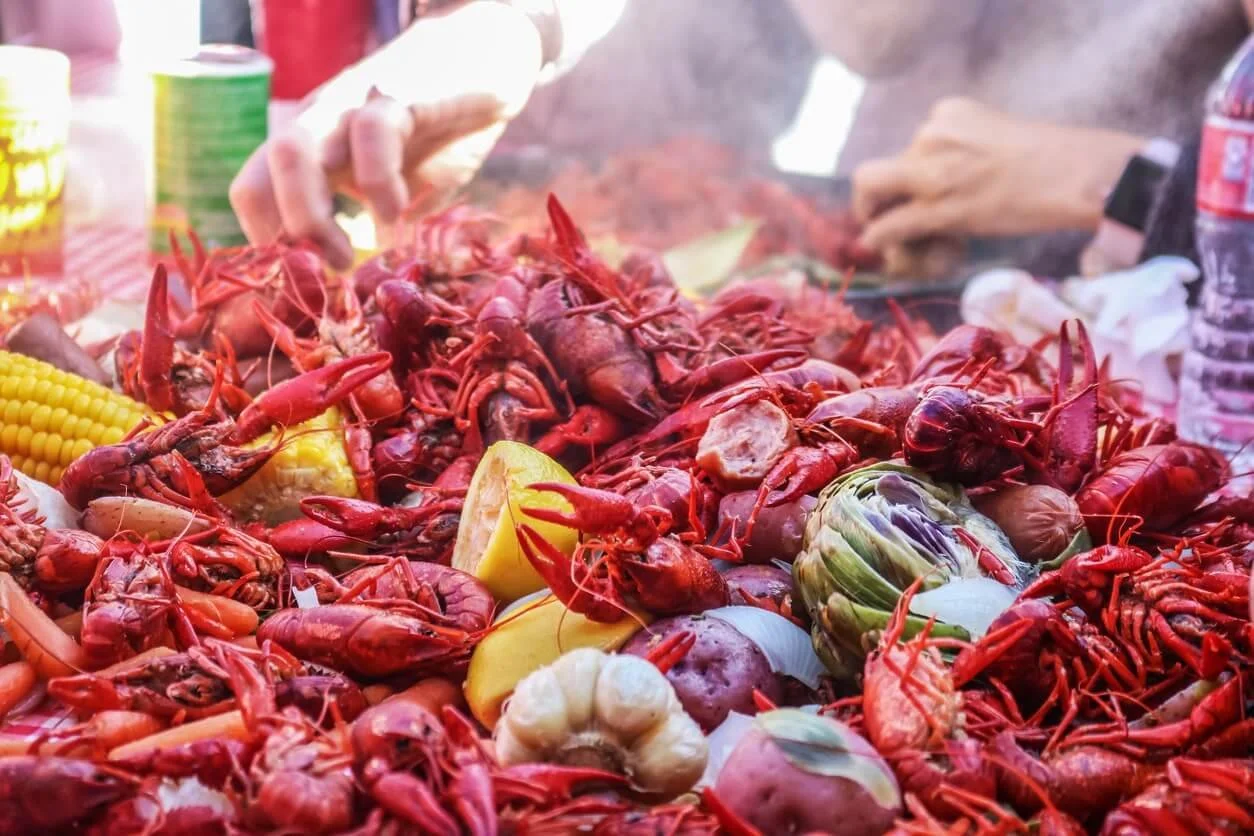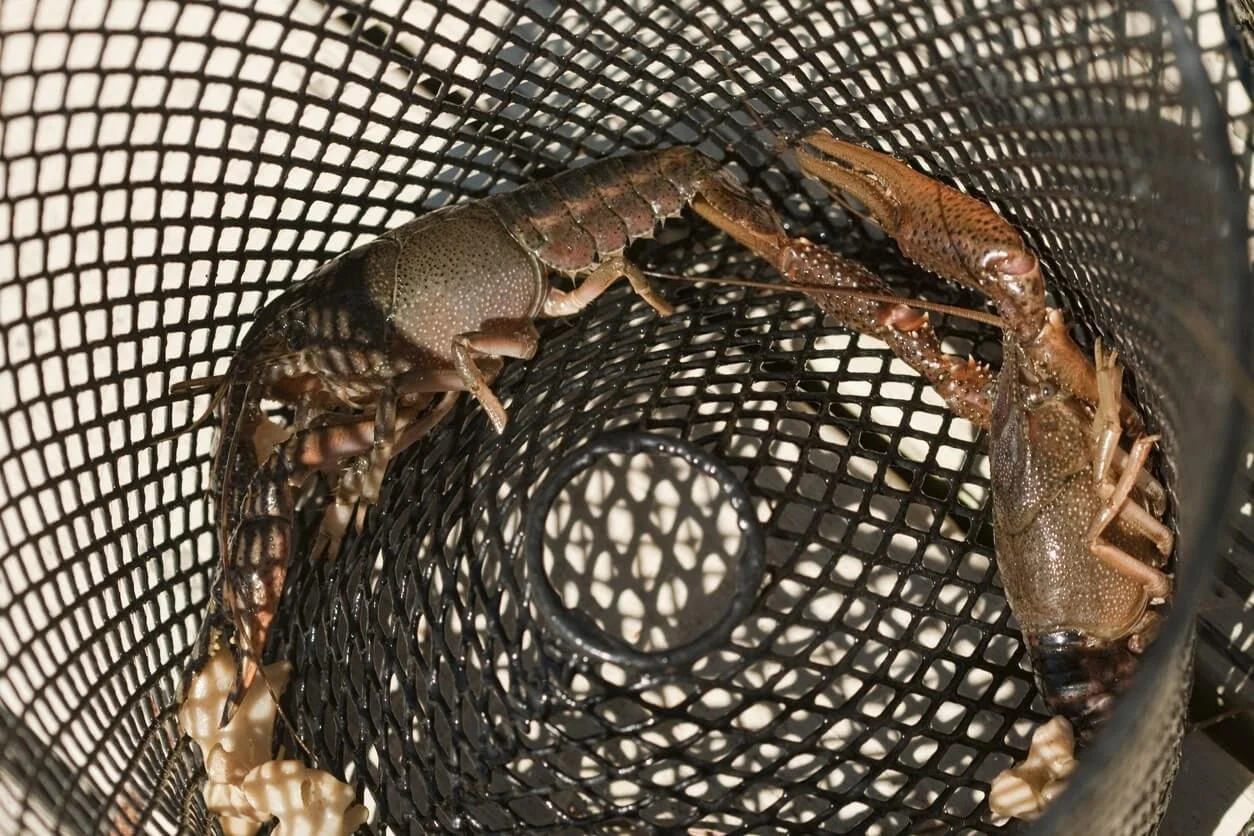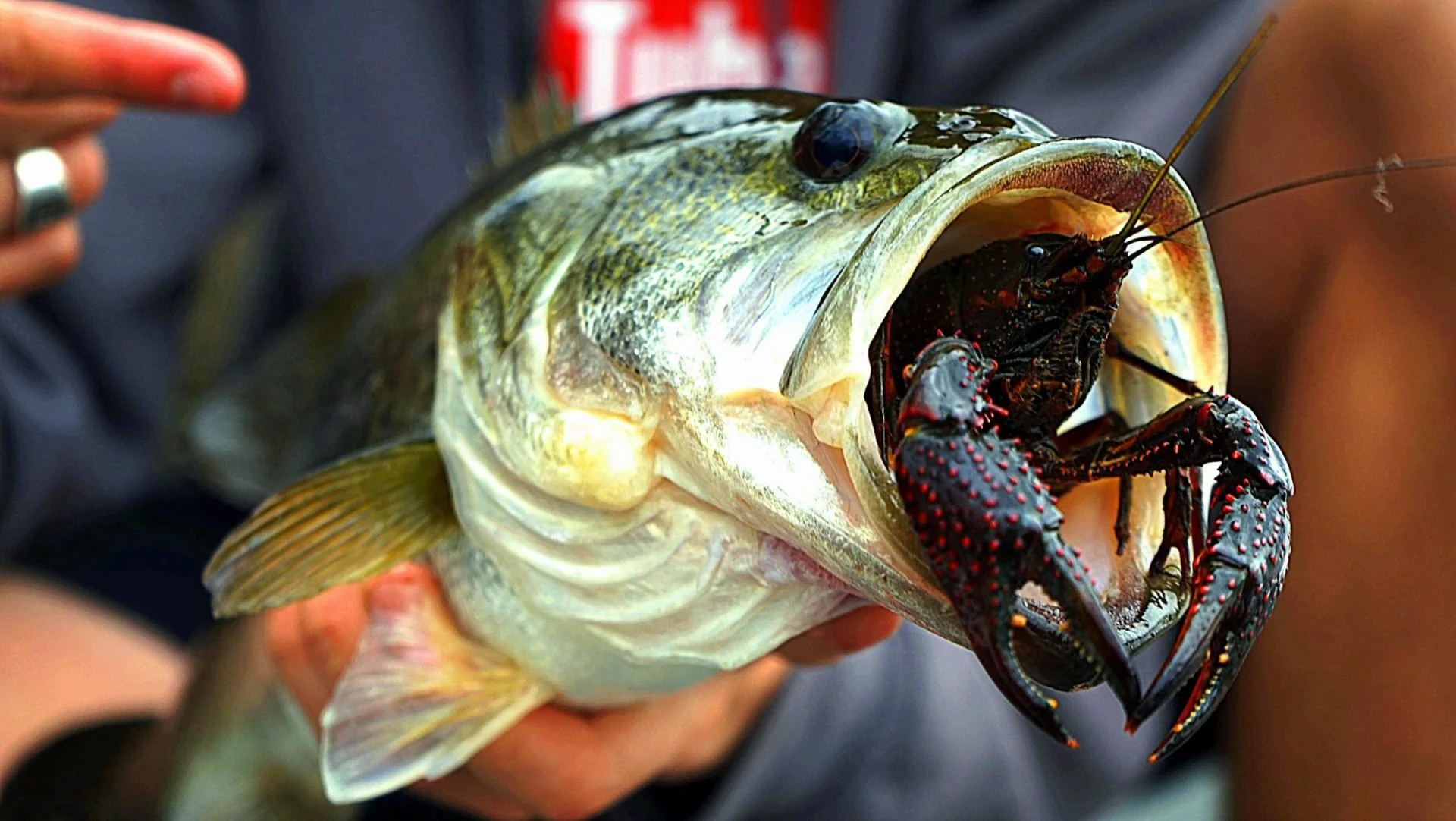Understanding Crawfish Farming Industry
Discover > Farm to Table Eating in Texas > Understanding Crawfish Farming Industry
Crawfish, also known as crayfish, crawdads, or just craw is a favorite in the south-central region of the USA. Every tradition has its roots in early Europeans that migrated to the US since its foundation in the 18th century. The one that stands out among them is cajun and creole. Two southern cuisines that to this day hold strong roots to their origins in West Africa, France, Spain, Amerindia, Haiti, and of course, the American South. Spices like garlic, lemon, paprika, salt, paper, and cayenne are popular in recipes like sausage, gumbo, crawfish, etouffee, and bisque. Popular vegetables include onions, mushrooms, potatoes, and corn on the cob.
Crawfish’s Environment
Most species of crawfish live in freshwater streams, swamps, or paddy fields. They live off almost anything that won’t try to eat them first. Animals and plants, whether they’re living or decomposing, and detritus. Detritus is dead organic martial that floats around and lays on the floor of their habitat. Cray are very sensitive to their environment and can only handle clean, nonpolluted freshwater. A small shift in their environment such as the introduction of one new species can be critical. It can cause an entirely separate species of crawfish to go extinct.
A prime example of that being the case when a group of men from the Ohio, Kentucky, or Indiana region brought their native rusty crayfish down to the Fox and Des Plaines Rivers. They didn’t think twice before letting any of the crustation slip away into the wild. Rusty crayfish are a very aggressive breed and started to outcompete the native clearwater crawfish until there were none left.
Introducing an Invasive Species
Although using Crawfish as bait is common, their species of animals are hardly the only ones affected. By introducing a new species of crawfish into a new ecosystem, other species of different animals are also assisted in the migration. One of the most notable contenders being the zebra mussel. They attach themselves to crawfish until they get too large, then use their foot to break off and find a new home to feed off of microorganisms floating in the water.
Zebra mussels (What wine goes well with mussels?) grow incredibly densely (around 100,00 for every 10.7 square feet. They are phenomenal water filters, and although you may associate that word with clean, safe, and hygienic, it means a whole nother thing for the organisms that live in that water. When they do their thing and filter the water through their incurrent siphon, they don’t just filter out every phytoplankton, zooplankton, bacteria, and organic detritus that the other animals need to survive, they also inherit every toxin found in the water too, making them dangerous to eat.
Crawfish Geography
There 3 families of crawfish, Parastacidae, Astacidae, and Cambaridae. Parastacidae is native to the southern hemisphere of the world, countries like South America, Madagascar, Australia, and New Zealand. Astacidae, which consists of 3 genera, is mostly native to central and western Europe. The final and largest family are the Cambaridaes, which consist of over 400 freshwater species that are almost all native to North America.
In the US, the most common breed of farmed and eaten crawfish are the red swamp crawfish, this is primarily because they are the species native to Louisiana, the crawfish capital of the world. In 2005, Louisiana supplied 95% of the crawfish harvested in the US. Today the annual yield from 1600 farmers across the state totals out to 130-150 million pounds. You can fish for and buy craw from Texas, Arkansas, Mississippi, and Alabama, but none of them compare to the massive yields of Louisiana’s crawfish season.
Cooking Crawfish
Like most crustaceans, crawfish are mostly boiled or steamed, although boiling them is far more common. Even the Aztecs boiled and fried their native species of cray known as Acocil. It was a staple in their culture. Crawfish is also a core ingredient of Nigerian cooking. China eats theirs served with Mala flavors (Sichuan, chili pepper, and other various spices), others keep it less spicy opting for butter, garlic, and other fresh or dried herbs (how long do dried herbs last?). Crawfish like all other crustaceans have bacteria in their flesh that rapidly multiply and release toxins once the crustacean is dead, boiling them alive minimizes the risk of food poisoning. For a spicy crawfish boil, you can try some of these local artisan food producers for rubs, spices and sauces.
Eating Crawfish
In the US, crawfish Boils are just as much of a social gathering as a culinary venture. As many people that can make it gather around a table topped with newspaper and an array of crawfish that has been boiled in a large pot. More often than not with vegetables like carrots, celery, mushrooms, onions, potatoes, garlic, corn on the cob, and lemons. Turkey necks, sausages, and spice mixtures are also added to the pot. These spice mixes often use lots of cayenne pepper, paprika, salt, pepper, oregano, dill (how long does dill last?), thyme, and bay leaves.
To eat crawfish, grab the whole crustacean and twist the tail of the body. After that, there's a particular technique to squeeze the end of that tail while you suck out the delicious, tender meat. The claws are also edible, although small. Crawfish lovers also enjoy sucking all the juices out of the fat collected inside the crawfish heads.
Farming & Trapping Crayfish
The most efficient way to farm for crawfish is to do it alongside rice. Rice planters scatter seeds in a field in early spring. Once planted the farmers flood the field with 2-3 feet of water using complex irrigation systems. During this time freshly hatched crawfish move into the field for 4-5 months while the rice reaches maturity. This is the ideal time for the crawfish to also mature and lay their eggs.
Once the farmer drains and harvests the rice the crawfish crawl up to 8 feet into the mud and lay their eggs. Once the same irrigation systems flood the field once again, the crawfish hatch and repopulate the water with fresh baby crustaceans. All while the rice is growing active traps are set up throughout the paddy. They're normally made from a form of a mesh that is small enough to trap full-sized craw but releases the immature.
Crawfish Trapping
Most crawfish traps work on the same principles. One or sometimes two or three, circular trapezoids that narrow as they lead inside of the trap. The crawfish crawl inside, the tunnel they enter through narrows trapping them inside. The bait used varies from county to country, commonly used is fish like salmon, perch, carp, herring, walleye, and trout. Seafood like sardines (how long do sardines last?), squid, clams (What wine goes well with clams?), sole, and other saltwater fish won't work well. These days bait formed into dense pellets is most common.
Fishing
Fishermen use crawfish as one of the most effective fishing baits in the bayou. They're kept live to attract fish and hooked through a hard beak on their heads to ensure no harm. If you use live crawfish for fishing, make sure you have local species so you don't risk disrupting the ecosystem. Fishermen can use crawfish to catch a number of large, freshwater fish. Among the most popular being catfish, various trout species, perch, muskie, and pike.










